We put the Oppo Find N2 through our rigorous DXOMARK Display test suite to measure its performance across six criteria. In this test results, we will break down how it fared in a variety of tests and several common use cases.
Overview
Key display specifications:
- 7.1 inches AMOLED (~87.4% screen-to-body ratio)
- Dimensions: 132.2 x 72.6 x 14.6 mm (5.20 x 2.86 x 0.57 inches)
- Resolution: 1792 x 1920 pixels, (~370 ppi density)
- Aspect ratio: None
- Refresh rate: 120 Hz
Scoring
Sub-scores and attributes included in the calculations of the global score.
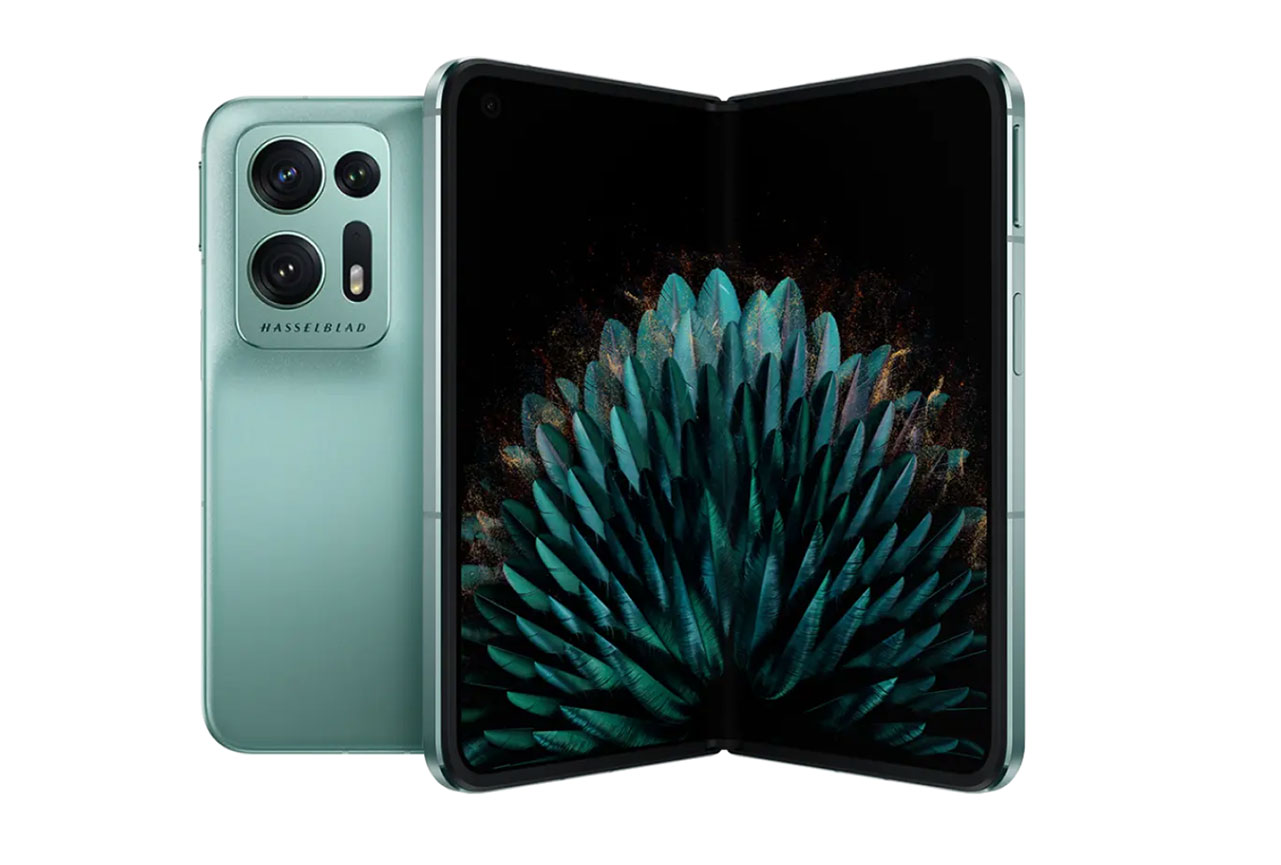 Oppo Find N2
Oppo Find N2

128
display
144
Samsung Galaxy S24 Ultra
Best: Samsung Galaxy S24 Ultra (164)
123
Google Pixel 8
Best: Google Pixel 8 (165)
114
Samsung Galaxy S25 Ultra
Best: Samsung Galaxy S25 Ultra (167)
129
Google Pixel 7 Pro
Best: Google Pixel 7 Pro (164)
Position in Global Ranking

113
th
1. Samsung Galaxy S25 Ultra
160
8. Samsung Galaxy S24 Ultra
155
10. Samsung Galaxy Z Fold6
154
10. Samsung Galaxy S24+ (Exynos)
154
10. Samsung Galaxy S24 (Exynos)
154
17. Google Pixel 9 Pro Fold
152
19. Apple iPhone 15 Pro Max
151
24. Apple iPhone 16 Pro Max
150
24. Samsung Galaxy Z Flip6
150
32. Samsung Galaxy S23 Ultra
148
38. Samsung Galaxy A55 5G
147
41. Apple iPhone 14 Pro Max
146
43. Samsung Galaxy S24 FE
145
47. Samsung Galaxy Z Flip5
144
49. Asus Zenfone 11 Ultra
143
49. Samsung Galaxy A35 5G
143
54. Apple iPhone 13 Pro Max
142
54. Samsung Galaxy Z Fold5
142
60. Samsung Galaxy S23 FE
140
65. Xiaomi Redmi Note 14 Pro+ 5G
139
66. Honor Magic4 Ultimate
138
77. Samsung Galaxy S22 Ultra (Snapdragon)
135
77. Xiaomi Redmi Note 13 Pro Plus 5G
135
82. Samsung Galaxy S22+ (Exynos)
134
85. Samsung Galaxy Z Flip4
133
85. Samsung Galaxy S22 Ultra (Exynos)
133
85. Samsung Galaxy S22 (Snapdragon)
133
85. Vivo X80 Pro (MediaTek)
133
90. Samsung Galaxy S22 (Exynos)
132
95. Samsung Galaxy S21 Ultra 5G (Exynos)
131
95. Vivo X80 Pro (Snapdragon)
131
99. Samsung Galaxy Z Fold4
130
99. Samsung Galaxy S21 Ultra 5G (Snapdragon)
130
99. Samsung Galaxy S21 FE 5G (Snapdragon)
130
110. Samsung Galaxy A54 5G
129
114. Apple iPhone 12 Pro Max
127
118. Vivo X60 Pro 5G (Snapdragon)
126
135. Motorola Edge 30 Pro
123
139. Apple iPhone 11 Pro Max
122
139. Motorola Edge 40 Pro
122
143. Apple iPhone SE (2022)
120
149. Samsung Galaxy A52 5G
114
151. Motorola Razr 40 Ultra
113
154. Crosscall Stellar-X5
109
155. Samsung Galaxy A53 5G
108
159. Crosscall Stellar-M6
101
162. Samsung Galaxy A22 5G
82
Position in Ultra-Premium Ranking

74
th
1. Samsung Galaxy S25 Ultra
160
6. Samsung Galaxy S24 Ultra
155
7. Samsung Galaxy Z Fold6
154
7. Samsung Galaxy S24+ (Exynos)
154
12. Google Pixel 9 Pro Fold
152
14. Apple iPhone 15 Pro Max
151
18. Apple iPhone 16 Pro Max
150
18. Samsung Galaxy Z Flip6
150
23. Samsung Galaxy S23 Ultra
148
30. Apple iPhone 14 Pro Max
146
34. Samsung Galaxy Z Flip5
144
36. Asus Zenfone 11 Ultra
143
39. Apple iPhone 13 Pro Max
142
39. Samsung Galaxy Z Fold5
142
45. Honor Magic4 Ultimate
138
52. Samsung Galaxy S22 Ultra (Snapdragon)
135
54. Samsung Galaxy S22+ (Exynos)
134
56. Samsung Galaxy Z Flip4
133
56. Samsung Galaxy S22 Ultra (Exynos)
133
56. Vivo X80 Pro (MediaTek)
133
63. Samsung Galaxy S21 Ultra 5G (Exynos)
131
63. Vivo X80 Pro (Snapdragon)
131
67. Samsung Galaxy Z Fold4
130
67. Samsung Galaxy S21 Ultra 5G (Snapdragon)
130
75. Apple iPhone 12 Pro Max
127
88. Apple iPhone 11 Pro Max
122
90. Motorola Razr 40 Ultra
113
Pros
- Good color rendering in every lighting condition
- Reduced light reflections thanks to anti-reflection film
- Uniform screen brightness and color
Cons
- Brightness and contrast are not well suited for watching HDR10 content
- Visible aliasing and lack of touch smoothness when playing video games
- Steps are visible when the device adapts screen brightness to ambient lighting
The Oppo Find N2, the latest in the company’s foldable line, showed a marked improvement in the screen performance from its predecessor, the Find N, in readability and artifacts thanks to its reflectance measurement.
In its default mode, the Oppo Find N2 uses the wider Display-P3 color gamut, which tends to give sRGB photos a more saturated look. But the screen’s colors were generally accurate and consistent when viewing photos, despite a noticeable pink hue.
When watching HDR10 videos, the device’s automatic brightness is too low for comfortable viewing, and the user might have to adjust the brightness manually.
While the display is well-adapted to indoor use, its brightness can be still be low when using the device outdoors in bright conditions. However, this smartphone features an anti-reflection film, which significantly improves the screen’s readability outdoors.
Test summary
About DXOMARK Display tests: For scoring and analysis in our smartphone and other display reviews, DXOMARK engineers perform a variety of objective and perceptual tests under controlled lab and real-life conditions. Note that we evaluate display attributes using only the device’s built-in display hardware and its still image (gallery) and video apps at their default settings. (For in-depth information about how we evaluate smartphone and other displays, check out our articles, “How DXOMARK tests display quality” and “A closer look at DXOMARK Display testing.”
The following section gathers key elements of our exhaustive tests and analyses performed in DXOMARK laboratories. Detailed performance evaluations under the form of reports are available upon request. Do not hesitate to contact us.
Readability
144
Samsung Galaxy S24 Ultra
Samsung Galaxy S24 Ultra
How Display Readability score is composed
Readability evaluates how easily and comfortably users can read still content (photos & web) on the display under different real-life conditions. DXOMARK uses its Display Bench to recreate ambient light conditions ranging from total darkness to bright sunlight. In addition to laboratory tests, perceptual analysis is also made in real-life environments.
Luminance under various lighting conditions
Contrast under various lighting conditions
Readability in an indoor (1000 lux) environment
From left: Oppo Find N2, Samsung Galaxy Z Fold4, Vivo X Fold
(Photos for illustration only)
Readability in an outdoor (>90 000 lux) environment
From left: Oppo Find N2, Samsung Galaxy Z Fold4, Vivo X Fold
(Photos for illustration only)
Luminance uniformity measurement
This graph shows the uniformity of the display with a 20% gray pattern. The more visible the green color, the more uniform the display.
Color
123
Google Pixel 8
Google Pixel 8
How Display Color score is composed
The color attribute evaluates the capacity of the device to accurately reproduce colors. The measurements taken are for fidelity, white point color, and gamut coverage. We perform color evaluations for different lighting conditions to see how well the device can manage color in the surrounding environment. Colors are measured using a spectrophotometer in a controlled lighting environment. Perceptual analysis of color rendering is against the reference pattern displayed on a calibrated professional monitor.
White point under D65 illuminant at 1000 lux
Color rendering indoors (1000 lux)
Clockwise from top left: Oppo Find N2, Samsung Galaxy Z Fold4, Vivo X Fold
(Photos for illustration only)
Color rendering in sunlight (>90 000 lux)
Clockwise from top left: Oppo Find N2, Samsung Galaxy Z Fold4, Vivo X Fold
(Photos for illustration only)
Color fidelity measurements
Oppo Find N2, color fidelity at 1000 lux in the sRGB color space
Oppo Find N2, color fidelity at 1000 lux in the Display-P3 color space
Each arrow represents the color difference between a target color pattern (base of the arrow) and its actual measurement (tip of the arrow). The longer the arrow, the more visible the color difference is. If the arrow stays within the circle, the color difference will be visible only to trained eyes.
Color behavior on angle
This graph shows the color shift when the screen is at an angle. Each dot represents a measurement at a particular angle. Dots inside the inner circle exhibit no color shift in angle; those between the inner and outer circle have shifts that only trained experts will see; but those falling outside the outer circle are noticeable.
Video
114
Samsung Galaxy S25 Ultra
Samsung Galaxy S25 Ultra
How Display Video score is composed
Our video attribute evaluates the Standard Dynamic Range (SDR) and High Dynamic Range (HDR10) video handling of each device in indoor and low-light conditions. We measure tone mapping, color gamut, brightness and contrast of the display. We perform perceptual analysis against our professional reference monitor (Sony BVM-HX310) to ensure that the rendering respects the artistic intent.
Video brightness at 10% APL in the dark ( < 5 lux)
Video rendering in a low-light (0 lux) environment
Clockwise from top left: Oppo Find N2, Samsung Galaxy Z Fold4, Vivo X Fold
(Photos for illustration only)
Clockwise from top left: Oppo Find N2, Samsung Galaxy Z Fold4, Vivo X Fold
(Photos for illustration only)
Gamut coverage for video content
The primary colors are measured both in HDR10 and SDR. The extracted color gamut shows the extent of the color area that the device can render. To respect the artistic intent, the measured gamut should match the master color space of each video.
How Display Motion score is composed
The motion attribute evaluates the handling of dynamic contents. Frame drops, motion blur, and playback artifacts are scrutinized using games and videos.
Video frame drops
These long exposure photos present the number of frame irregularities in a 30-second video. A good performance shows a regular pattern (either a flat gray image or a pull-down pattern).
Touch
129
Google Pixel 7 Pro
Google Pixel 7 Pro
How Display Touch score is composed
To evaluate touch, DXOMARK uses a touch robot and a high-speed camera to play and record a set of scenarios for smoothness, accuracy and response-time evaluation.
Average Touch Response Time Oppo Find N2
125 ms
Fast
Good
Bad
Slow
This response time test precisely evaluates the time elapsed between a single touch of the robot on the screen and the displayed action. This test is applied to activities that require high reactivity, such as gaming.
How Display Artifacts score is composed
Evaluating artifacts means checking for the performance, image rendering and motion flaws that can affect the end-user experience. DXOMARK measures precisely the device’s reflectance and the presence of flicker, and assesses the impact of residual aliasing when playing video games, among other characteristics.
Average Reflectance (SCI) Oppo Find N2
SCI stands for Specular Component Included, which measures both the diffuse reflection and the specular reflection. Reflection from a simple glass sheet is around 4%, while it reaches about 6% for a plastic sheet. Although smartphones’ first surface is made of glass, their total reflection (without coating) is usually around 5% due to multiple reflections created by the complex optical stack.
Reflectance (SCI)
Measurements above show the reflection of the device within the visible spectrum range (400 nm to 700 nm). It includes both diffuse and specular reflection.
PWM Frequency Oppo Find N2
480 Hz
Bad
Good
Bad
Great
Pulse width modulation is a modulation technique that generates variable-width pulses to represent the amplitude of an analog input signal. This measurement is important for comfort because flickering at low frequencies can be perceived by some individuals, and in the most extreme cases, can induce seizures. Some experiments show that discomfort can appear at a higher frequency. A high PWM frequency (>1500 Hz) tends to be less disturbing for users.
Temporal Light Modulation
This graph represents the frequencies of lighting variation; the highest peak gives the main flicker frequency. The combination of a low frequency and a high peak is susceptible to inducing eye fatigue. Displays flicker for 2 main reasons: refresh rate and Pulse Width Modulation. This measurement is important for comfort because flickering at low frequencies can be perceived by some individuals, and in the most extreme cases, can induce seizures. Some experiments show that discomfort can appear at a higher frequency. A high PWM frequency (>1500 Hz) tends to be safer for users.
Aliasing (closeup)
Oppo Find N2
(Photos for illustration only)
 Oppo Find N2
Oppo Find N2


 113th
113th
 74th
74th


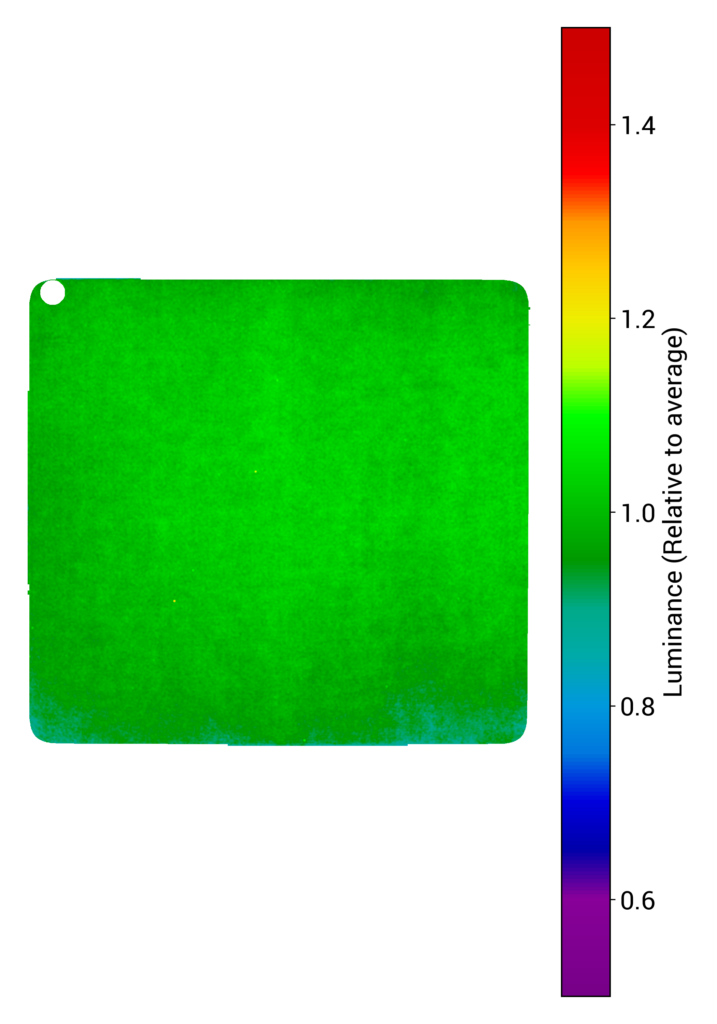
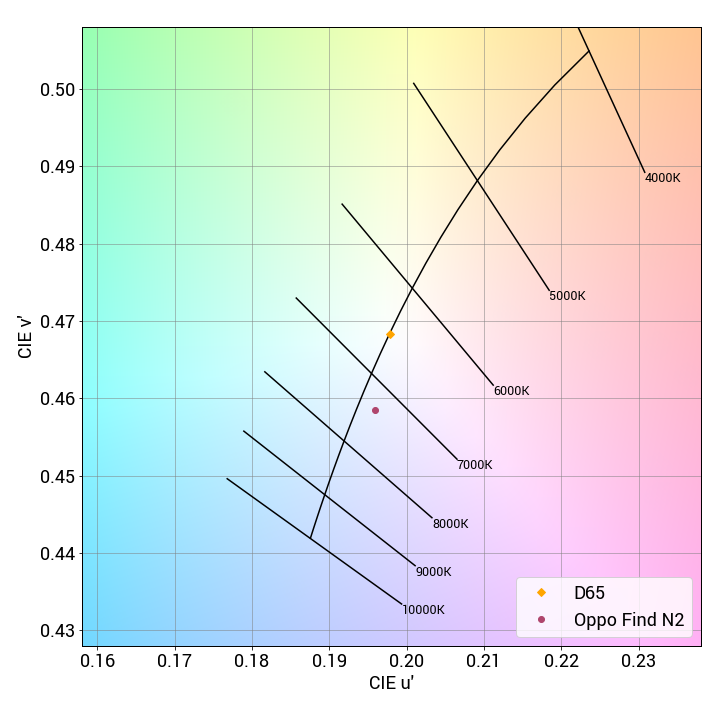
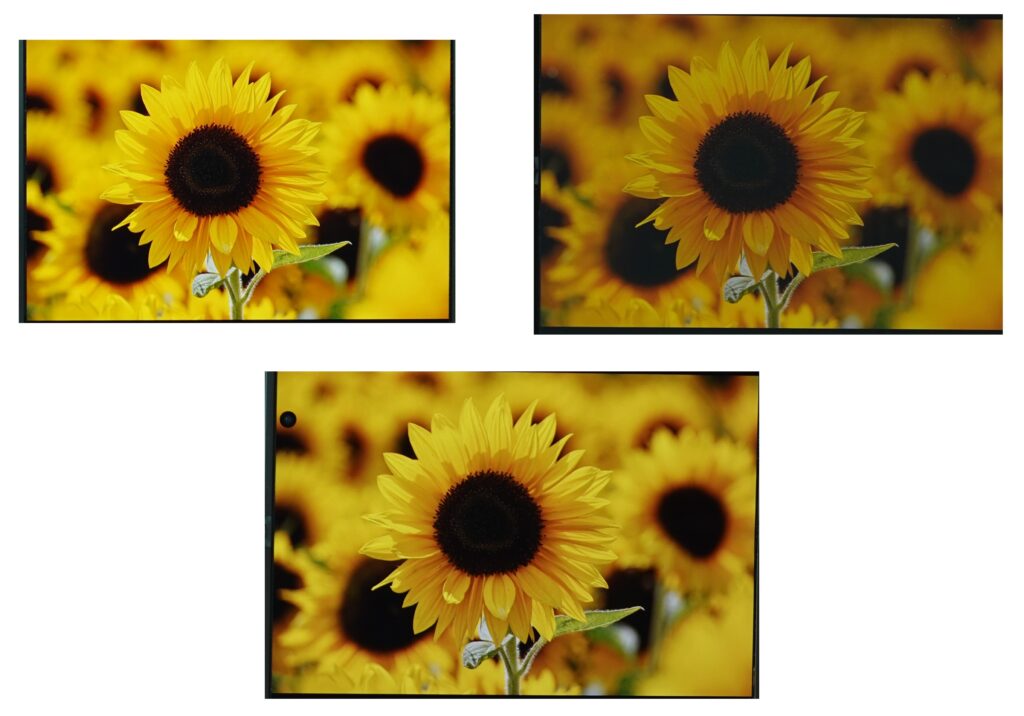
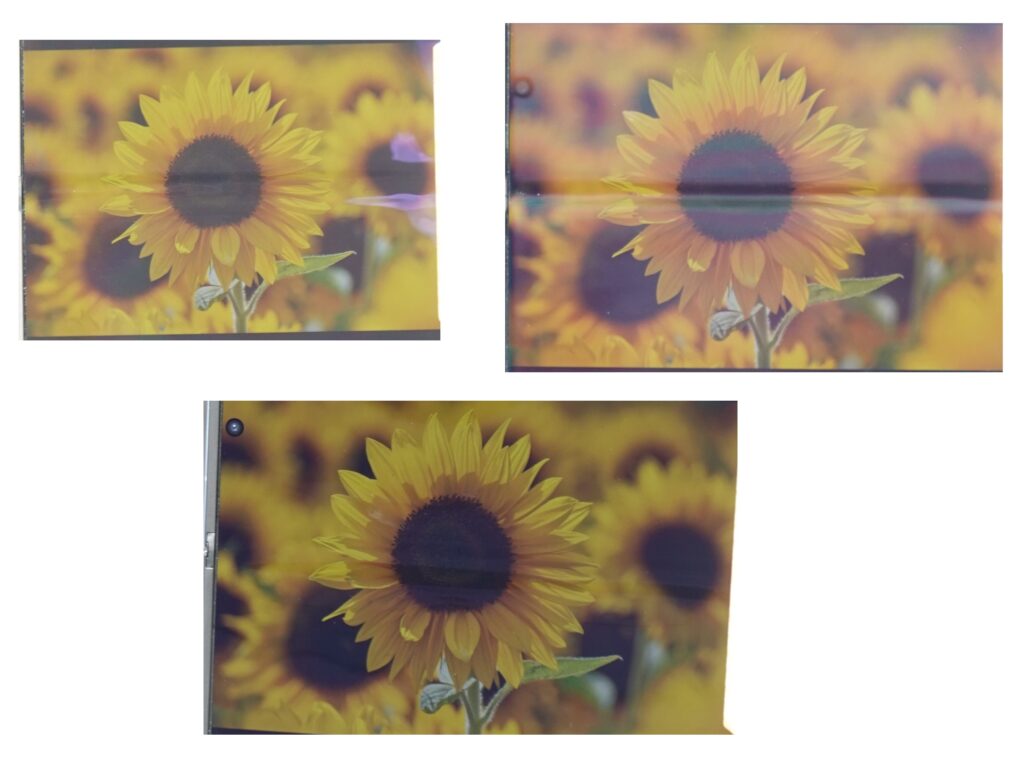
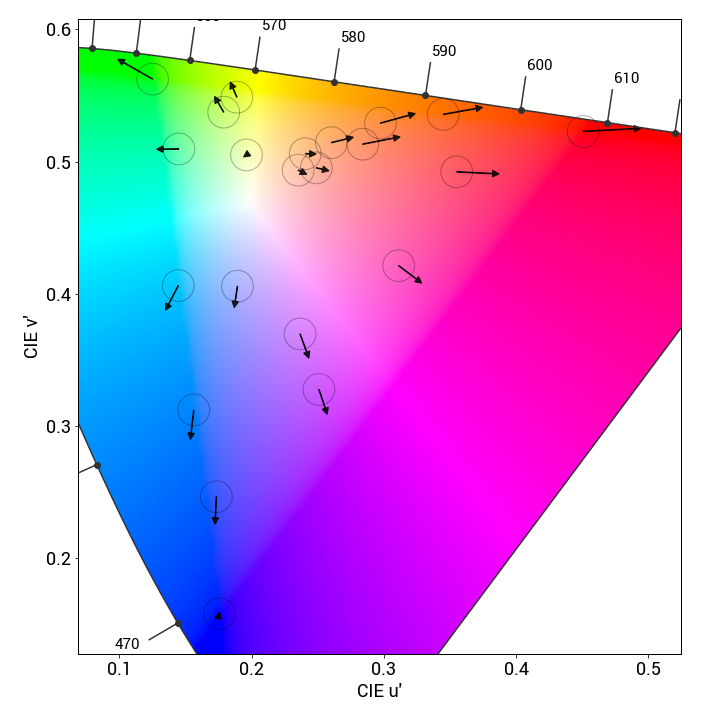
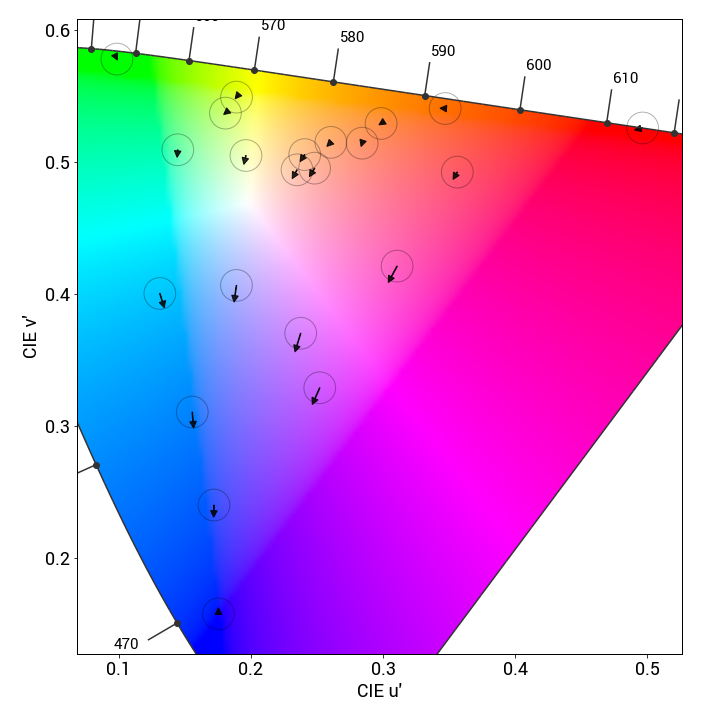
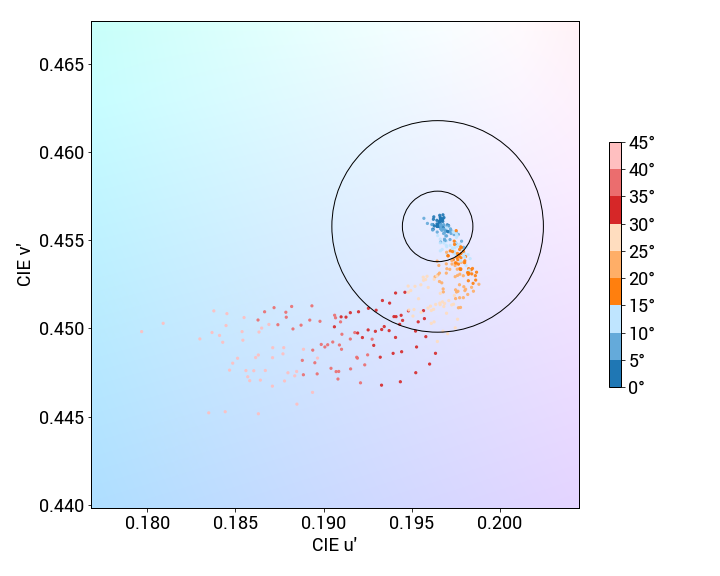
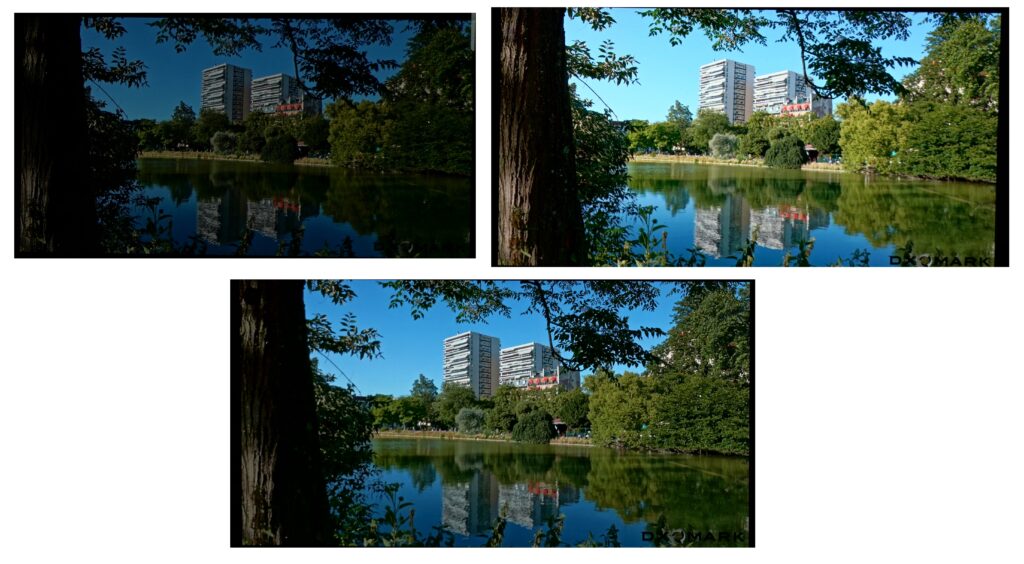

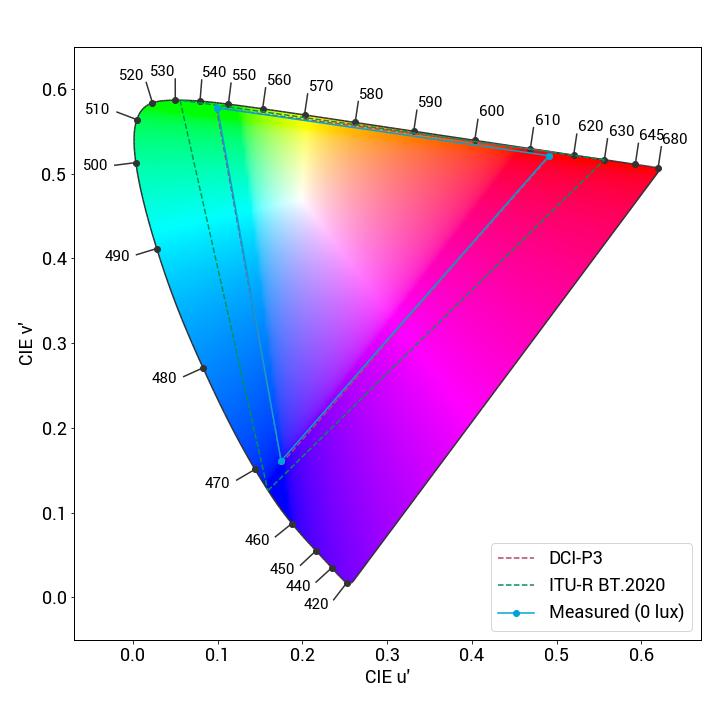
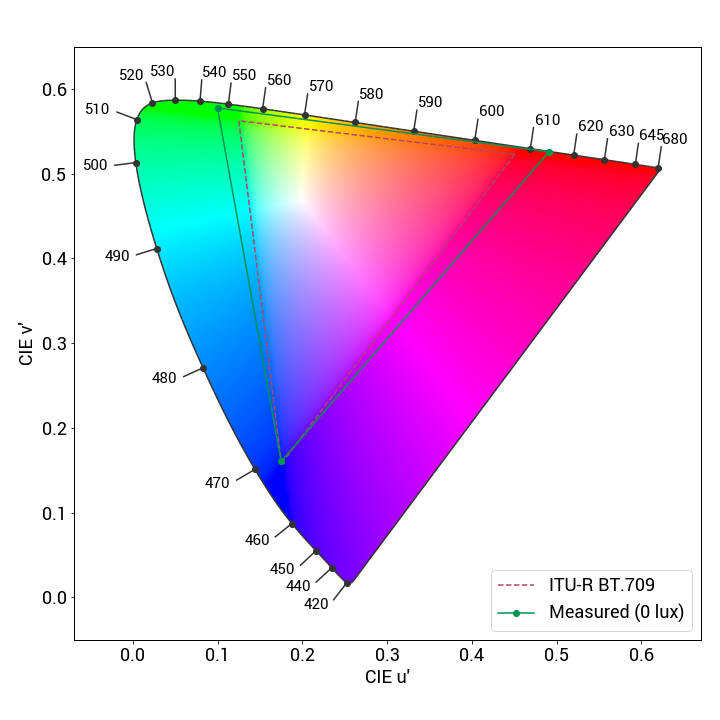

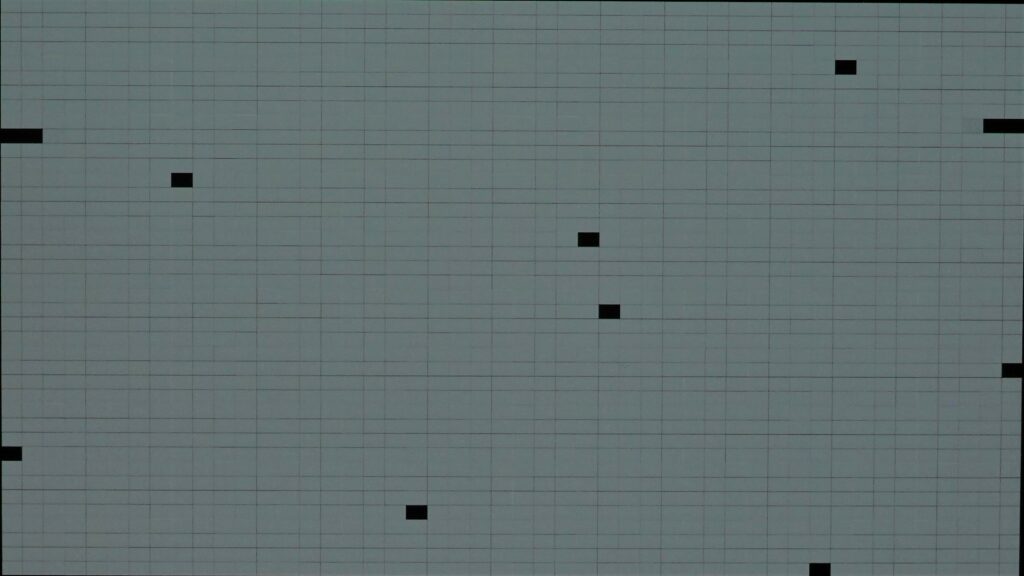



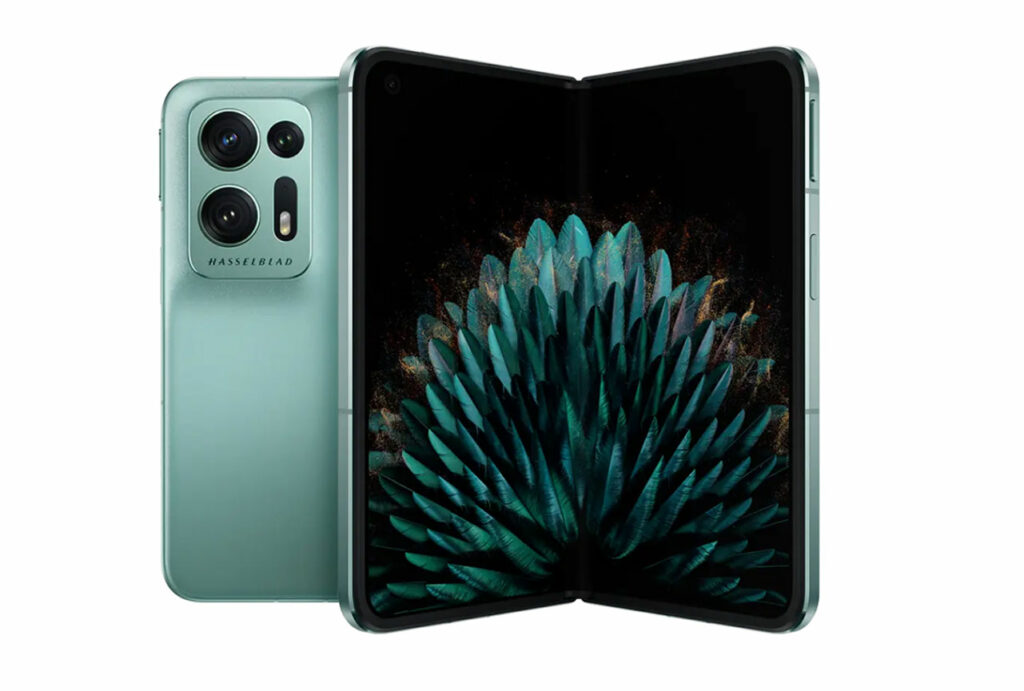
DXOMARK encourages its readers to share comments on the articles. To read or post comments, Disqus cookies are required. Change your Cookies Preferences and read more about our Comment Policy.